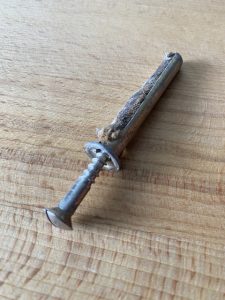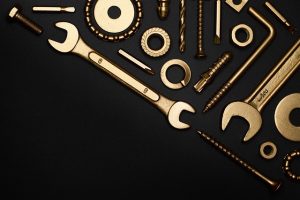Home Appliance Installation & Repair Safety and Maintenance Best Practices
When dealing with home appliance installation or repair, prioritize safety to prevent accidents and …….
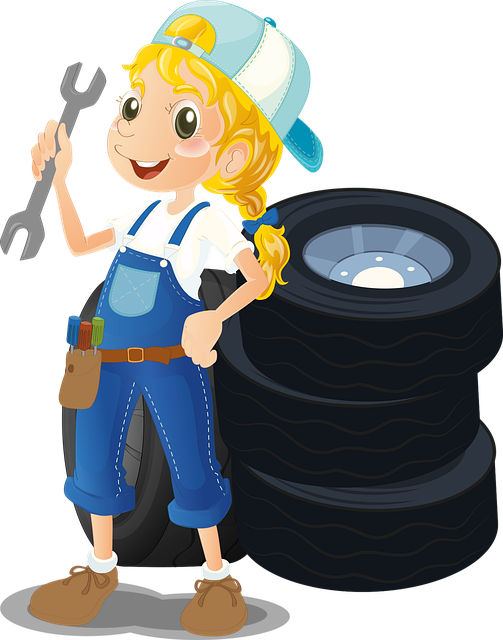
When dealing with home appliance installation or repair, prioritize safety to prevent accidents and ensure proper functioning. Always disconnect power at the circuit breaker before starting any electrical work, comply with local building codes and manufacturer's guidelines, and ensure proper ventilation for gas appliances to avoid carbon monoxide poisoning. Utilize the correct tools and techniques throughout maintenance to prevent damage or injury, and schedule regular professional inspections to catch issues early. Routine checks like cleaning filters, tightening connections, and inspecting door seals are essential for maintaining the longevity and performance of your appliances. For complex problems that exceed DIY skills, professional assistance should be sought. Regular upkeep, including washing appliance exteriors, cleaning filters, and ensuring ventilation, is crucial for safeguarding against unexpected failures and extending the lifespan of your appliances. Home Repair and Maintenance are vital practices to keep appliances running efficiently and safely, reducing the likelihood of costly repairs and emergencies. Adhering to a disciplined maintenance schedule can lead to consistently reliable appliance performance and contribute to a safer and more efficient home environment. Regular professional servicing is key for addressing issues that require specialized knowledge or equipment, ensuring that your household appliances function optimally for as long as possible.
When integrating new home appliances or addressing the ones on the fritz, safety and professional care are paramount. This article navigates through the pivotal aspects of appliance installation and repair, ensuring your household operates smoothly. From comprehending essential safety precautions when installing appliances to troubleshooting common issues in home appliance maintenance, each section is crafted with home repair and maintenance at its core. Dive into the guide for a thorough understanding of maintaining your appliances’ longevity and efficiency, safeguarding your home environment.
- Essential Safety Precautions When Installing Home Appliances
- Troubleshooting Common Issues in Home Appliance Repair
- Step-by-Step Guide to Professional Appliance Maintenance and Upkeep
Essential Safety Precautions When Installing Home Appliances
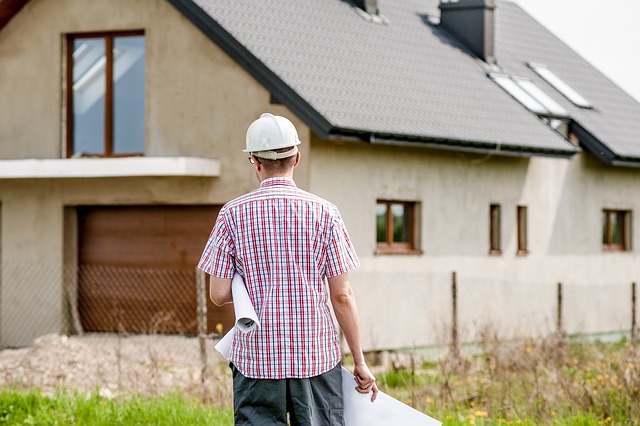
When undertaking home appliance installation, safety should be a top priority to prevent accidents and ensure long-term functionality. Homeowners or repair professionals must adhere to strict electrical safety standards when dealing with wiring and connections. It is imperative to shut off the power supply at the circuit breaker before attempting any repair or installation work on electrical appliances to avoid the risk of electric shock. Additionally, all appliance installations should comply with local building codes and manufacturer’s guidelines. Proper ventilation is crucial for gas-powered appliances like dryers and stoves to prevent carbon monoxide poisoning; exhaust hoses must be installed correctly and vented to the outdoors.
For those handling appliance repair as part of home maintenance, it’s essential to use the correct tools and techniques to avoid damaging the appliance or causing injury. Regular inspection and maintenance by a qualified professional can detect potential issues before they escalate. For instance, checking for frayed wires, tightening connections, and cleaning filters are routine tasks that can prevent malfunctions and extend the lifespan of your home appliances. Always prioritize safety protocols to ensure both the efficient operation of your appliances and the well-being of your household.
Troubleshooting Common Issues in Home Appliance Repair
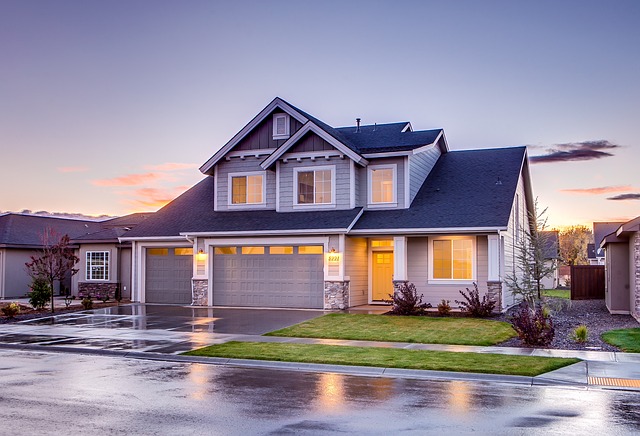
When home appliances malfunction, understanding common issues and how to troubleshoot them is crucial for maintaining a smoothly operating household. A well-maintained refrigerator, for example, is vital to preserving perishable foods, and identifying a simple fix like a tripped circuit breaker or a dirty condenser coil can prevent costly repairs or replacements. Washing machines often present with leaks or failure to drain properly; these issues are typically resolved by checking hose connections for tightness and verifying that the drain pump and filter are clear of debris. Dishwashers may cease to function due to clogged spray arms or faulty detergent dispensers, which can be remedied with a thorough cleaning or replacement of worn parts. Ovens and ranges require attention when they fail to heat properly; this could stem from a variety of sources such as a malfunctioning igniter, a broken bake element, or issues with the oven’s control knob. In all cases, homeowners should approach repair tasks cautiously, understanding that safety is paramount. If a problem appears beyond the scope of DIY repair, it’s wise to contact a qualified technician to prevent further damage or injury. Regular home repair and maintenance can extend the lifespan of appliances and reduce the likelihood of unexpected failures, ensuring that daily routines are minimally disrupted. By staying informed about common issues and keeping up with routine checks and minor repairs, homeowners can maintain the reliability and efficiency of their household appliances.
Step-by-Step Guide to Professional Appliance Maintenance and Upkeep
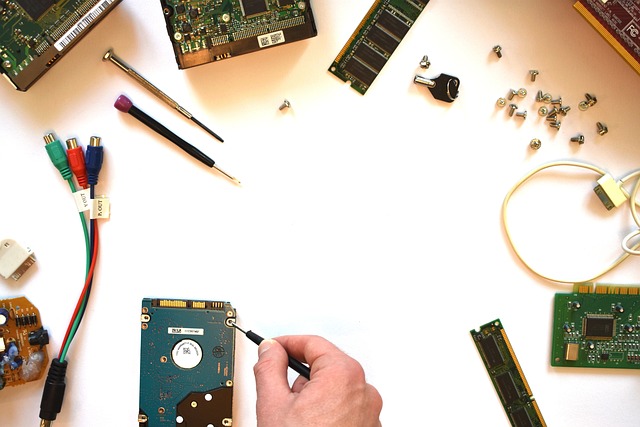
When it comes to maintaining appliances within your home, consistent upkeep is key to ensuring their longevity and optimal performance. A step-by-step guide to professional appliance maintenance involves a routine of cleaning, inspecting, and servicing each unit according to its specific needs. Start by wiping down exterior surfaces of appliances to remove dust and debris that can impede functionality or cause overheating. For refrigerators, check door seals regularly to maintain cold temperatures efficiently. Dishwashers require clean filters and adequate ventilation for proper drainage. Range hoods should be cleaned to capture grease and prevent fire hazards. Washing machines and dryers necessitate routine filter cleaning to maintain water flow and air circulation, respectively. Dryer vents should be inspected annually to prevent lint accumulation, a leading cause of home fires. It’s also wise to schedule professional servicing for complex tasks like gas line checks for stoves or electrical system assessments for all appliances. Regular maintenance can extend the life of your appliances and reduce the need for costly repairs down the line. Home Repair and Maintenance professionals emphasize that a proactive approach to appliance care leads to safer, more efficient, and longer-lasting home environments. By following a disciplined maintenance schedule, homeowners can avoid unexpected breakdowns and ensure their appliances operate at peak performance.
In wrapping up our exploration of home appliance installation, repair, and maintenance, it’s clear that a proactive approach to these tasks is key to ensuring your household devices function efficiently and safely. By adhering to the essential safety precautions outlined in our guide, homeowners can confidently install new appliances without risking damage to their property or personal injury. When common issues arise, troubleshooting tips provided in the article offer a clear path to resolving problems swiftly. Moreover, the step-by-step guide to professional maintenance and upkeep serves as an invaluable resource for those aiming to extend the lifespan of their appliances and maintain optimal performance. Home repair and maintenance are integral to preserving comfort and convenience within your living space, thus it’s advisable to stay informed and prepared for these tasks to keep your home running smoothly.
